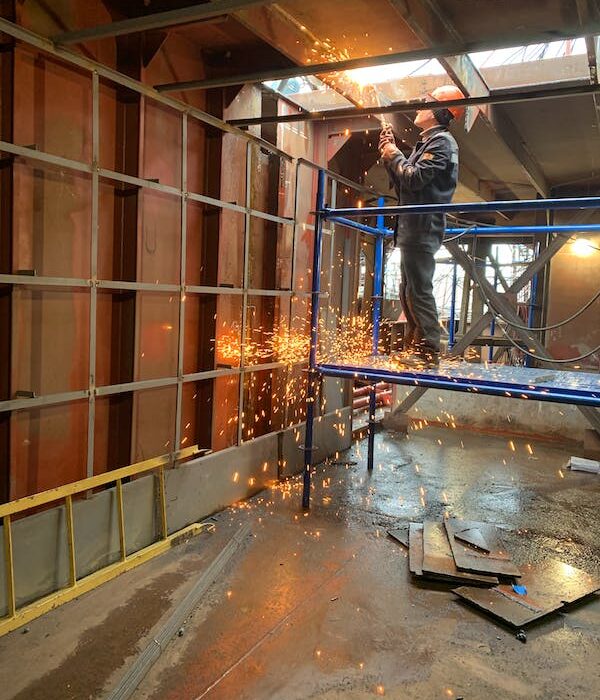Roofing repair is a task that many homeowners face at some point, whether it’s due to age, weather damage, or other factors. While hiring a professional roofing contractor is always an option, tackling repairs yourself can save you money and provide a sense of satisfaction. In this comprehensive guide, we’ll walk you through everything you need to know to successfully complete DIY roofing repair projects.
Assessing the Damage
The first step in any DIY roofing repair project is to assess the extent of the damage. Inspect your roof thoroughly, both from the ground and by climbing onto the roof if it’s safe to do so. Look for missing or damaged shingles, signs of leaks or water damage, and any areas where the roof may be sagging or compromised. By identifying the problem areas upfront, you can develop a targeted repair plan.
Gathering the Necessary Tools and Materials
Before you begin any roofing repair project, make sure you have all the tools and materials you’ll need on hand. This may include replacement shingles, roofing cement, flashing, nails, a hammer, a utility knife, a ladder, and safety gear such as gloves, safety glasses, and non-slip footwear. Having everything prepared ahead of time will streamline the repair process and help ensure a successful outcome.
Repairing Shingles
One of the most common roofing repair tasks is replacing damaged or missing shingles. To do this, carefully lift the edges of the surrounding shingles using a pry bar or putty knife, then remove the nails holding the damaged shingle in place. Slide the new shingle into position, aligning it with the surrounding shingles, and secure it in place with roofing nails. Finally, seal the edges of the shingle with roofing cement to prevent water infiltration.
Patching Leaks
If you’ve discovered a leak in your roof, prompt repair is essential to prevent water damage to your home’s interior. Begin by locating the source of the leak, which may require tracing the path of water infiltration from inside your home to the roof’s surface. Once you’ve identified the source, use roofing cement or patching material to seal the area, ensuring a watertight seal.
Sealing Flashing
Flashing is the material used to waterproof joints and seams on your roof, such as around chimneys, vents, and skylights. Over time, flashing can become damaged or deteriorate, leading to leaks and water damage. To repair damaged flashing, remove any old caulking or sealant, clean the area thoroughly, and apply new caulking or flashing tape to create a watertight seal.
Safety Precautions
Safety should always be your top priority when undertaking DIY roofing repair projects. Never work on a wet or slippery roof, and always use caution when climbing ladders or working at heights. Wear appropriate protective gear, including gloves, safety glasses, and non-slip footwear, and enlist the help of a friend or family member to assist you if needed.
Conclusion
DIY roofing repair can be a rewarding and cost-effective way to maintain your home’s integrity and protect it from the elements. By following the steps outlined in this guide and approaching the process with care and caution, you can successfully tackle a variety of roofing repair tasks with confidence. Remember to assess the damage, gather the necessary tools and materials, repair shingles, patch leaks, seal flashing, and prioritize safety at all times. With a little time and effort, you can keep your roof in top condition for years to come.



Leave feedback about this